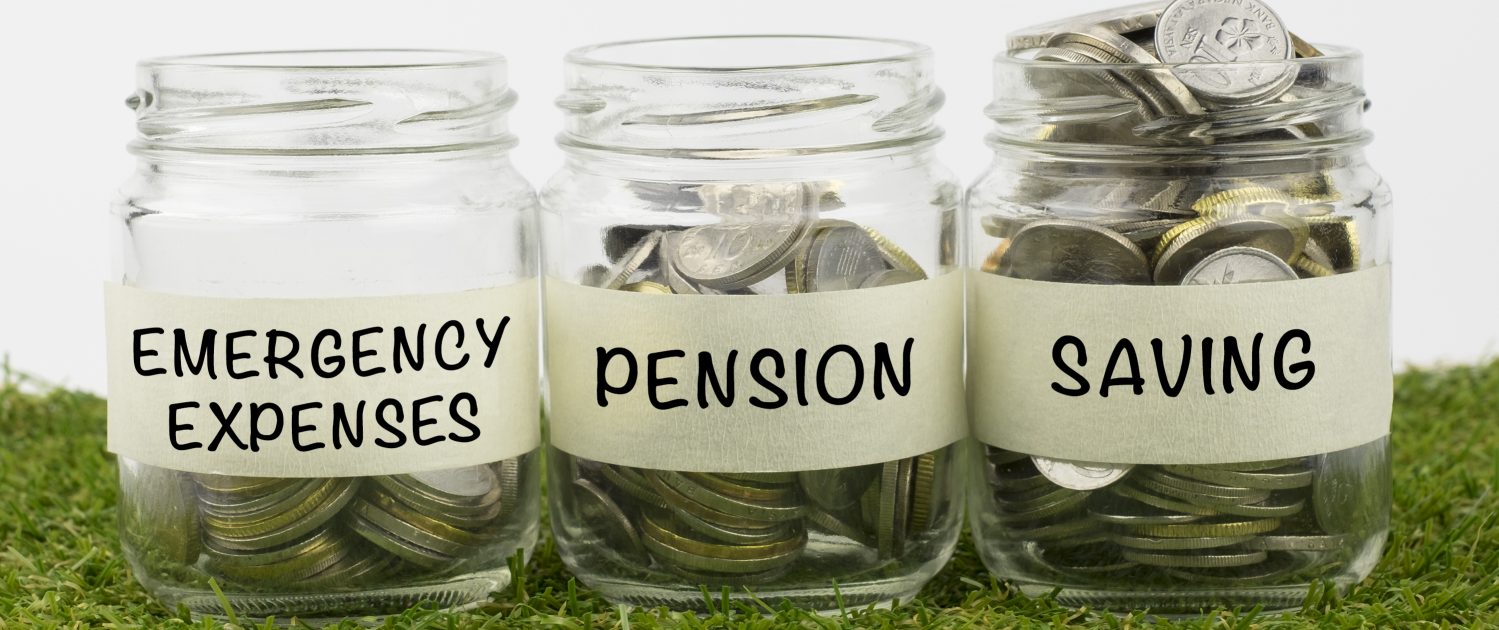Nearly a year ago in this column I showed a scary similarity in April (2011) with the conditions in the previous April (2010). And of course the similarity continues into a market correction of nearly 20% before the market rises again.

And here we again this year see a scary resemblance when March is almost over, this time for the last two April.
I heard many guarantees that this time was different. This will oppose the opportunity for the market to follow the same pattern for three years in a row. In addition it is an election year, and the Fed has already made a vote about coming to the rescue if needed.
Using that logic will also oppose the chance that the surrounding conditions will follow the same pattern for three years in a row. But that is what is happening.
Like the last two years, the S&P 500 has had an impressive rally for overbought conditions that are potentially above the 200-day long term m.a., and technical indicators, while still using buy signals, are in their overbought zone.
Meanwhile, investor sentiment, usually very bullish at the top of the market and very bearish at the bottom of the market, has reached a high bullish level, low fear level, similar to what was seen near the market peaks in April 2010 and 2011.
That can be seen in the VIX Index, also known as the Fear Index. Usually at a high level of fear at the lowest position of correction and a good buying opportunity, and at a low level of fear (a level of bullishness and high self-satisfaction) at rallies and market tops.
Then there’s the U.S. economy In each of the past two years, economic recovery has shown surprising strength during the autumn and winter months, and then as we approach April, economic reports begin to show that the recovery is a stumbling block.
This year has been an identical repeat so far, with surprisingly strong economic reports over the winter, but a series of negative surprises in recent weeks, including unexpected reversals in home sales and home prices, in the Fed’s business and manufacturing index, and in consumer confidence. On Wednesday it was reported that the Chicago Fed National Activity Index, designed to measure national economic activity, fell into negative territory last month for the first time in three months.
In each of the past two years, dark clouds have also drifted from Asia in the form of fears that China would slow down its economy too much in an effort to prevent a rise in inflation, and from Europe in the form of fears that the eurozone debt crisis would explode and plunge the European economy into recession.
And here we are this spring, with major Asian markets in sharp decline on indications that China has indeed slowed down its economy to what would be a difficult landing, and evidence that 17 eurozone countries are already in recession.
Also in each of the last two years, when the Federal Reserve’s April FOMC meeting approached, after strong economic reports during the winter months, Fed Chair Bernanke said the economic recovery was looking good, but the Fed was worried about continuing high unemployment, and was ready to provide further monetary easing if needed.
In his address last week, Chairman Bernanke indicated that the Fed believes the recovery continues but is suspicious of increased employment, and is ready to provide further easing if needed.
If the fearsome similarity must continue, it may be worth remembering that the market peaked on April 26, 2010 and April 29 last year, forcing the Fed to come to the rescue during the summer months.
I know, I know. That can’t happen three years in a row. But so far actually, it even includes a super strong rally from the last two quarters.





